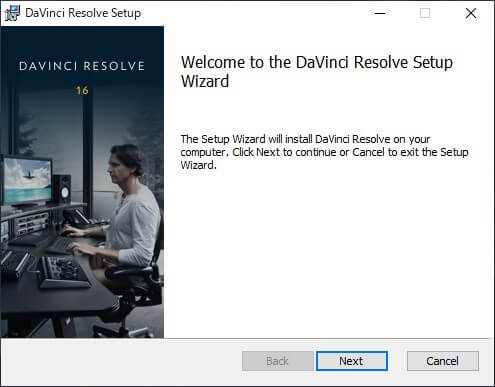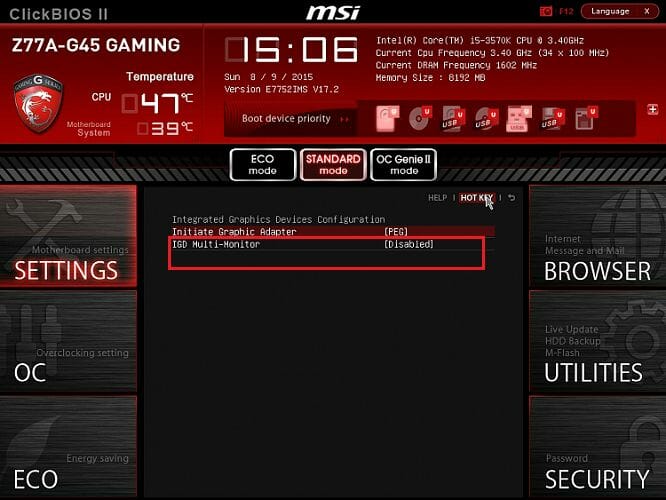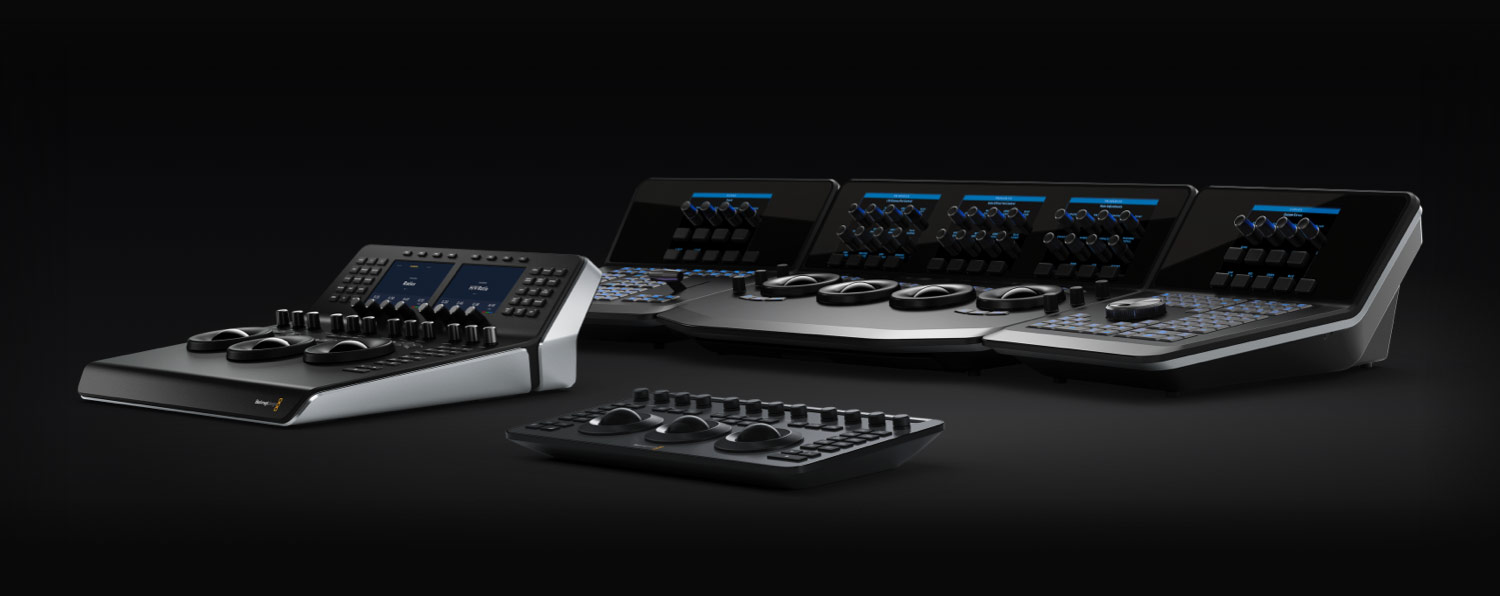


On the other hand, the next level-up – the Mini Panel, does require AC power, however it also does offer more functionality.

This feature was very handy, as I was kind of running out of power outlets beneath my desk plus if you are planning on doing any grading on set you don’t have to worry about powering the unit as long as you have a spare USB 3.0 port on your machine. The construction is quite solid, and probably the best part about the DaVinci Resolve Micro Panel is that it is powered via USB thanks to the included USB type C to USB 3.0 cable, so no AC power adapter required. I had to move my keyboard to the side in order to fit it on my desk, but in hindsight that’s whole point of the Micro Panel – to give you dedicated functional keys, knobs and track wheels so you can better control your image and make finer adjustments that you can make by using a mouse and or table. With those dimensions in mind, it does take quite a bit of real estate on a small desk such as mine, and the you can definitely feel the weight if you are planning on transporting this from location to location in case you are doing some on-set grading.

Constructed mainly out of die-cast aluminium, the Resolve Micro Panel weights in at about 3.5 kgs or just under 8 pounds and measures at 2.95 inches tall, 10 inches wide x 16.8 inches long. I recently had the chance to spend some time with the Blackmagic DaVinci Resolve Micro Panel and in the following post I’ll share my experience.Īnnounced back in March alongside the more advanced and bigger Blackmagic Resolve Mini Panel, the Blackmagic DaVinci Resolve Micro Panel is the most affordable, and compact dedicated Resolve panel that Blackmagic Design have ever made.


 0 kommentar(er)
0 kommentar(er)
